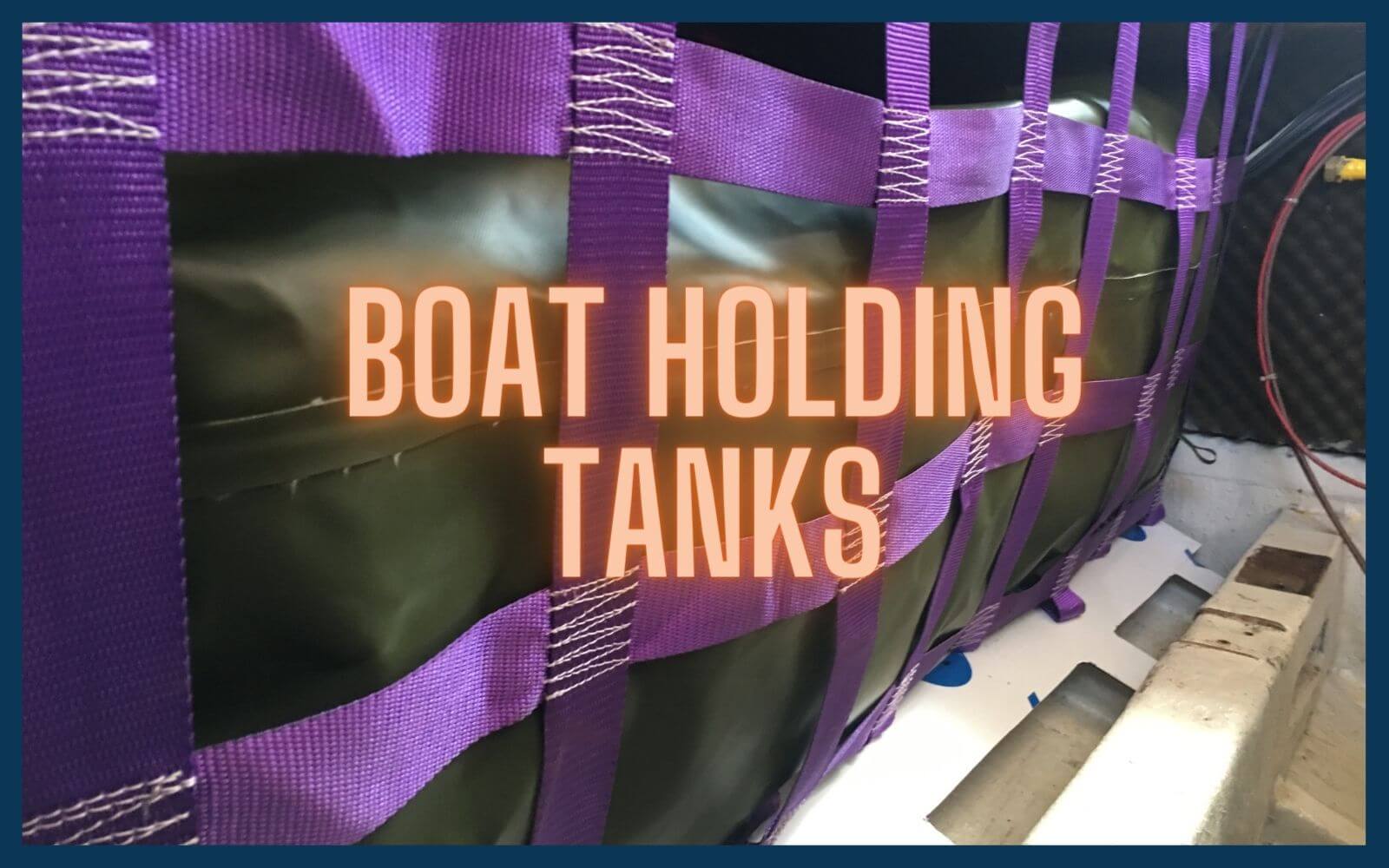BOAT HOLDING TANKS
If you’re a boat owner or a sailor, you’re likely familiar with the importance of a boat holding tank. They play a crucial role in ensuring that you can easily process the waste management. In this article, we’ll dive deep into the world of boat holding tanks, exploring their mechanics, benefits, and the essential role they play in keeping our waters clean.
A boat holding tank, also known as a marine waste holding tank, is an essential component of marine sanitation systems. It designs to collect and store sewage and wastewater generated on a boat, ensuring that it doesn’t get released directly into the water. This not only keeps our waterways clean but also complies with environmental regulations.
-
Collection Process
The collection process begins when someone uses the toilet, bathroom, sinks or showers, which generate wastewater containing human waste and graywater. Throught the pipe system, the wastewater flow into the holding tank, which is a sealed container that designs to securely store the sewage and wastewater.
-
Ventilation Systems
The venilation system must contain: air cirulation, it’s important to odor control; ventilation ports; activated carton filters, ensuring the wastewater control during the traveling on boat.
-
Tank Materials
It is typically made from materials that are resistant to corrosion and designed to withstand the harsh marine environment.
-
Portable Tanks
Portable tanks, in here, we especially says the flexible tanks, also know as pillow tanks, which are versatile and suitable for smaller boats or as temporary solutions.
-
Integrated Tanks
The rigid integrated tanks, which are permanent fixtures on larger vessels, providing convenience and efficiency.
-
How to Choose
Flexible tanks is versatile and can easier customize, so the limited place for a holiding tank and using in small or medium size boat, the flexible pillow tank can consider.
In large vessel, the integrated tank is better.
-
No Discharge Zones (NDZs):
Many regions designate No Discharge Zones where the discharge of untreated sewage, including from boat holding tank, is strictly prohibited. Duriing the sail, the holding tank is mandatory to obey the NDZs.
-
Mandatory Use of Holding Tanks:
In NDZs areas, using a holding tank is not just encouraged but legally required. Boat owners must comply with these regulations to prevent sewage discharge into protected waters.
-
Water Quality:
Improper disposal of sewage can lead to water pollution, harming aquatic life and ecosystems. It can introduce harmful bacteria and nutrients into the water, affecting water quality and potentially leading to harmful algal blooms. Using holding tank is a way to solve the problem.
-
Using Holding Tanks
On boat comply regulations, environmental responsibility, and enhanced on-board comfort.
In conclusion, a boat holding tank is not just a convenience; it’s a responsible choice for any boat owner or sailor. By understanding how these systems work and their benefits, you can enjoy your time on the water while safeguarding our precious marine environments.
1. Are boat holding tanks mandatory?
- Mostly, using holding tank is mandatory regulation.
2. How often should I pump out my boat holding tank?
- Pump-out frequency depends on usage, but it’s typically recommended to pump out when the tank is about 3/4 full to ensure proper functionality.
3. How can I custom my holding tanks?
- Choose the flexible tanks factory, usually they provide the customized services.








